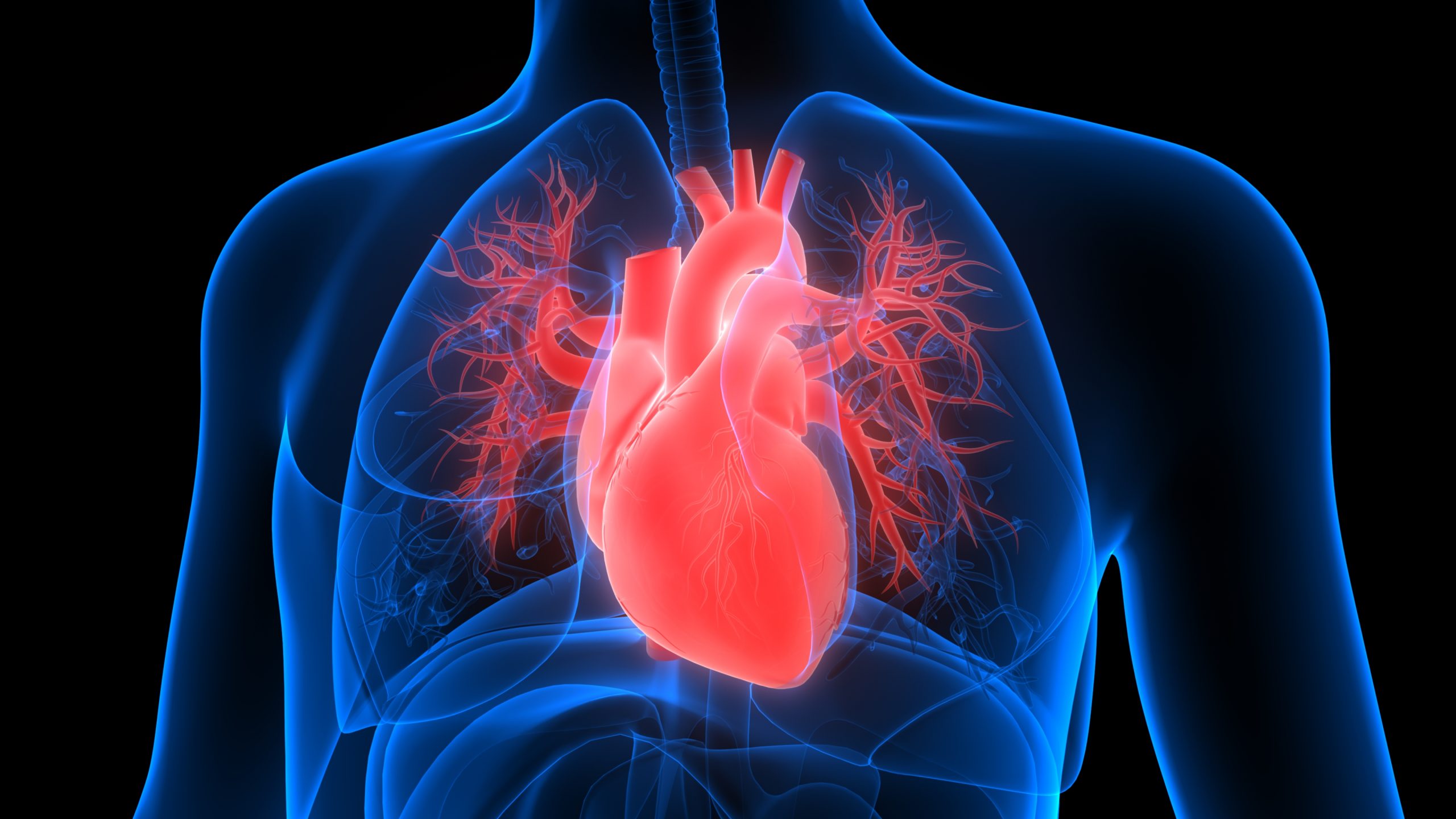What is Heart Failure?
Heart failure means that the heart’s pumping power is weaker than normal. With heart failure, blood moves through the heart and body at a slower rate, and pressure in the heart increases. A delay between the contraction of the right and left ventricles often occurs with heart failure, so the walls of the left ventricle are unable to contract at the same time.
How Does CRT Treat Heart Failure?
The CRT pacing device (biventricular pacemaker) is an electronic, battery-powered device that is surgically implanted under the skin.
The device has 2 or 3 leads (wires) that are positioned in the heart to help the heart beat in a more balanced way. The leads are implanted through a vein in the right atrium, right ventricle and into the coronary sinus vein to pace the left ventricle.
What to Expect During a CRT Procedure:
Cardiac Resynchronization Therapy
Requires a minor surgical procedure to implant the device into your chest.
You’ll likely be awake during the procedure, though the area where the pacemaker is implanted will be numbed, and you’ll receive medication to help you relax (conscious sedation). The procedure typically only takes a few hours.
During surgery, insulated wires (leads, or electrodes) are inserted into a major vein under or near your collarbone and guided to your heart with the help of X-ray images. One end of each wire is secured to the appropriate position in your heart, while the other end is attached to a pulse generator, which is usually implanted under the skin beneath your collarbone.
Types of cardiac resynchronization therapy devices include:
- Cardiac resynchronization therapy with a pacemaker (CRT-P). The device used for cardiac resynchronization therapy has three leads that connect the pacemaker to the right upper chamber of your heart (right atria) and both lower chambers (ventricles).
- Cardiac resynchronization therapy with a pacemaker and an ICD (CRT-D). People with heart failure who also have a risk of sudden cardiac death may benefit from an ICD that can detect dangerous heart rhythms and deliver a stronger correcting shock of energy than a pacemaker can deliver. In these cases, a cardiac resynchronization therapy device that works as both a pacemaker and an ICD may be recommended.

